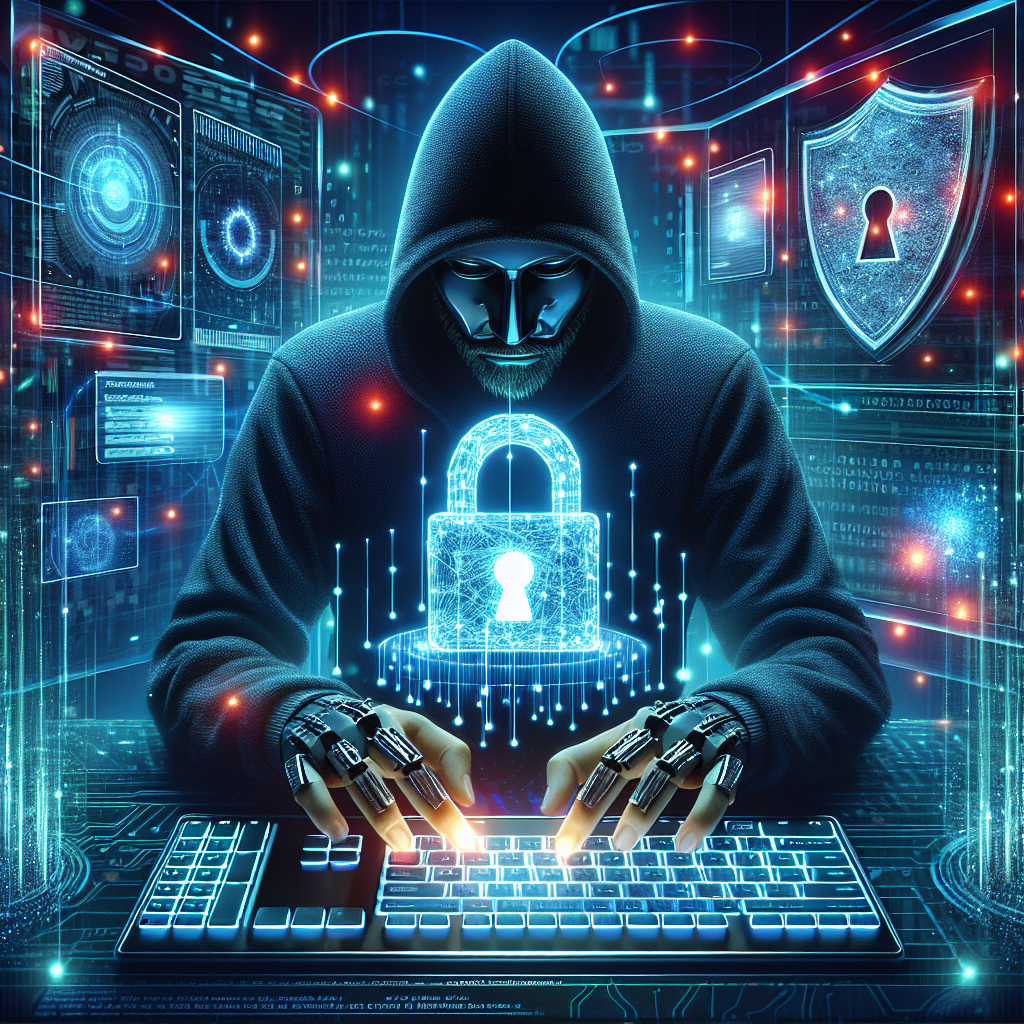In an era where everything from banking and shopping to social interaction and remote work happens online, cybersecurity has become a fundamental necessity. The digital age offers remarkable convenience and connectivity, but it also brings new threats—data breaches, identity theft, phishing scams, ransomware attacks, and more.
As cybercriminals develop increasingly sophisticated methods to exploit vulnerabilities, everyone—individuals, families, and organizations—must take active steps to protect their digital presence. This article outlines essential cybersecurity tips to help you navigate the modern digital landscape with greater safety and confidence.


1. Use Strong, Unique Passwords for Every Account
One of the most basic yet often overlooked aspects of cybersecurity is password hygiene. Weak or reused passwords are among the top causes of security breaches.
Best Practices:
- Use a unique password for every account.
- Create passwords that are at least 12 characters long, with a mix of uppercase letters, lowercase letters, numbers, and special characters.
- Avoid obvious words like “password123” or your birthdate.
- Use a password manager to generate and securely store complex passwords.
A compromised password on one platform can lead to a domino effect, giving attackers access to your email, bank accounts, and other sensitive data.
2. Enable Two-Factor Authentication (2FA)
Two-Factor Authentication adds an additional layer of security by requiring not only your password but also a second form of verification—like a text message code or an authentication app.
Benefits of 2FA:
- Even if a hacker obtains your password, they still can’t access your account without the second verification step.
- 2FA is available for most email services, banking apps, social media platforms, and cloud storage services.
Wherever it’s available, enable 2FA—especially for financial accounts and email.
3. Keep All Software Up to Date
Software developers regularly release updates to fix security vulnerabilities. Cybercriminals often exploit unpatched software, which makes neglecting updates a serious risk.
What to Update:
- Operating systems (Windows, macOS, Android, iOS)
- Web browsers (Chrome, Firefox, Safari)
- Applications (especially those involving sensitive data)
- Antivirus and anti-malware tools
Set your devices to automatically update, or check for updates at least once a week.
4. Watch Out for Phishing and Social Engineering Scams
Phishing is one of the most common cyber threats. It involves fake messages—often via email or text—that trick users into revealing personal information or downloading malware.
Warning Signs:
- Unfamiliar sender addresses
- Urgent language (e.g., “Act Now” or “Your account will be closed”)
- Suspicious links or attachments
Always verify before clicking on any link or providing sensitive information. When in doubt, go directly to the website rather than clicking on embedded links.
5. Secure Your Home Network
Your home Wi-Fi network connects all your smart devices—phones, computers, TVs, security cameras. If not properly secured, it’s a gateway for cybercriminals.
Steps to Secure Your Network:
- Change the default router name and password.
- Enable WPA3 (or at least WPA2) encryption.
- Hide your SSID so your network isn’t publicly visible.
- Create a separate guest network for visitors and smart home devices.
Regularly check which devices are connected to your network and disable access for unknown ones.
6. Use Antivirus and Anti-Malware Protection
No matter how cautious you are, threats can still slip through. A good antivirus and anti-malware program provides a critical safety net.
Features to Look For:
- Real-time threat detection
- Automatic updates
- Web browsing protection
- Email scanning
Some excellent options include Bitdefender, Norton, Kaspersky, and Windows Defender (which comes pre-installed on Windows 10/11).
7. Backup Your Data Regularly
Data loss due to hardware failure, cyberattacks, or accidental deletion can be devastating. Regular backups ensure you have a copy of your important files in case of emergency.
Best Practices:
- Use both cloud storage and external hard drives for redundancy.
- Set up automatic backups at least once a week.
- Encrypt your backup data for added security.
Cloud providers like Google Drive, OneDrive, and Dropbox offer integrated backup solutions, often with version history features to recover older file versions.
8. Be Mindful of What You Share Online
Oversharing on social media can make you vulnerable to identity theft, scams, or even burglary. Cybercriminals often gather personal details from social posts to launch targeted attacks.
Tips:
- Avoid posting your full name, address, phone number, or travel plans.
- Review and adjust your privacy settings on all social platforms.
- Be cautious when accepting friend requests or connection invitations.
A good rule of thumb: if you wouldn’t share it with a stranger on the street, don’t share it online.
9. Use Secure Internet Connections
Public Wi-Fi networks are convenient but notoriously insecure. Attackers can easily intercept unencrypted data sent over public connections.
Protect Yourself:
- Avoid accessing sensitive accounts (banking, email) over public Wi-Fi.
- Use a VPN (Virtual Private Network) to encrypt your connection.
- Turn off auto-connect to Wi-Fi networks on your devices.
A VPN ensures that even if someone intercepts your traffic, they can’t read it.
10. Educate Yourself and Others
Cybersecurity isn’t just a technical issue—it’s a human one. The more you and those around you know, the safer everyone is.
How to Stay Informed:
- Follow trusted cybersecurity blogs or news outlets.
- Take free online courses (e.g., from Coursera, LinkedIn Learning, or Google).
- Encourage your workplace or school to implement cybersecurity awareness programs.
Even a little education can make a big difference—like recognizing a phishing email or knowing when a link looks suspicious.
Final Thoughts
The digital age brings immense benefits—global connectivity, instant access to information, and powerful tools to work and live more efficiently. But it also requires responsibility and vigilance. By adopting these cybersecurity tips, you significantly reduce your risk of falling victim to cybercrime.
Remember: cybersecurity isn’t a one-time effort. It’s an ongoing process of learning, adapting, and staying ahead of new threats. The good news? Most cyberattacks are preventable with the right precautions.
Take the first step today—secure your devices, educate yourself, and share what you know with others. Because in the digital age, being proactive is your best defense.


Leave a Reply